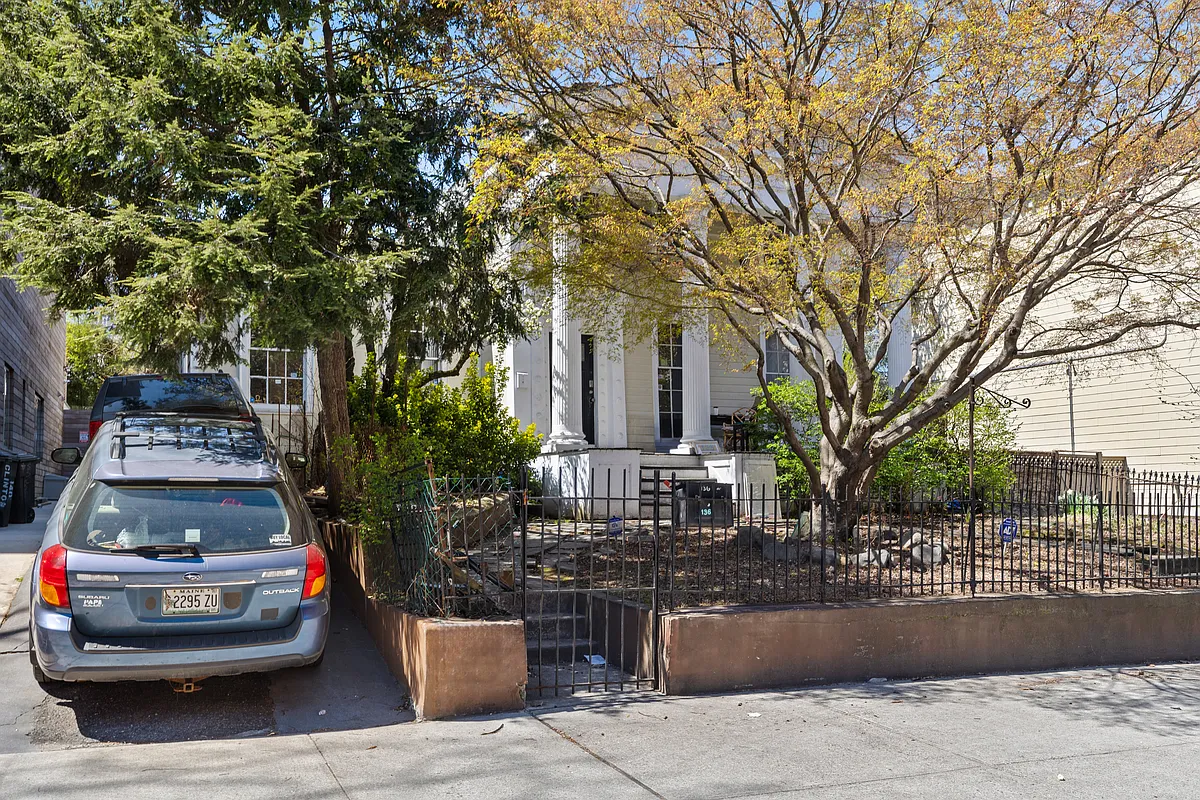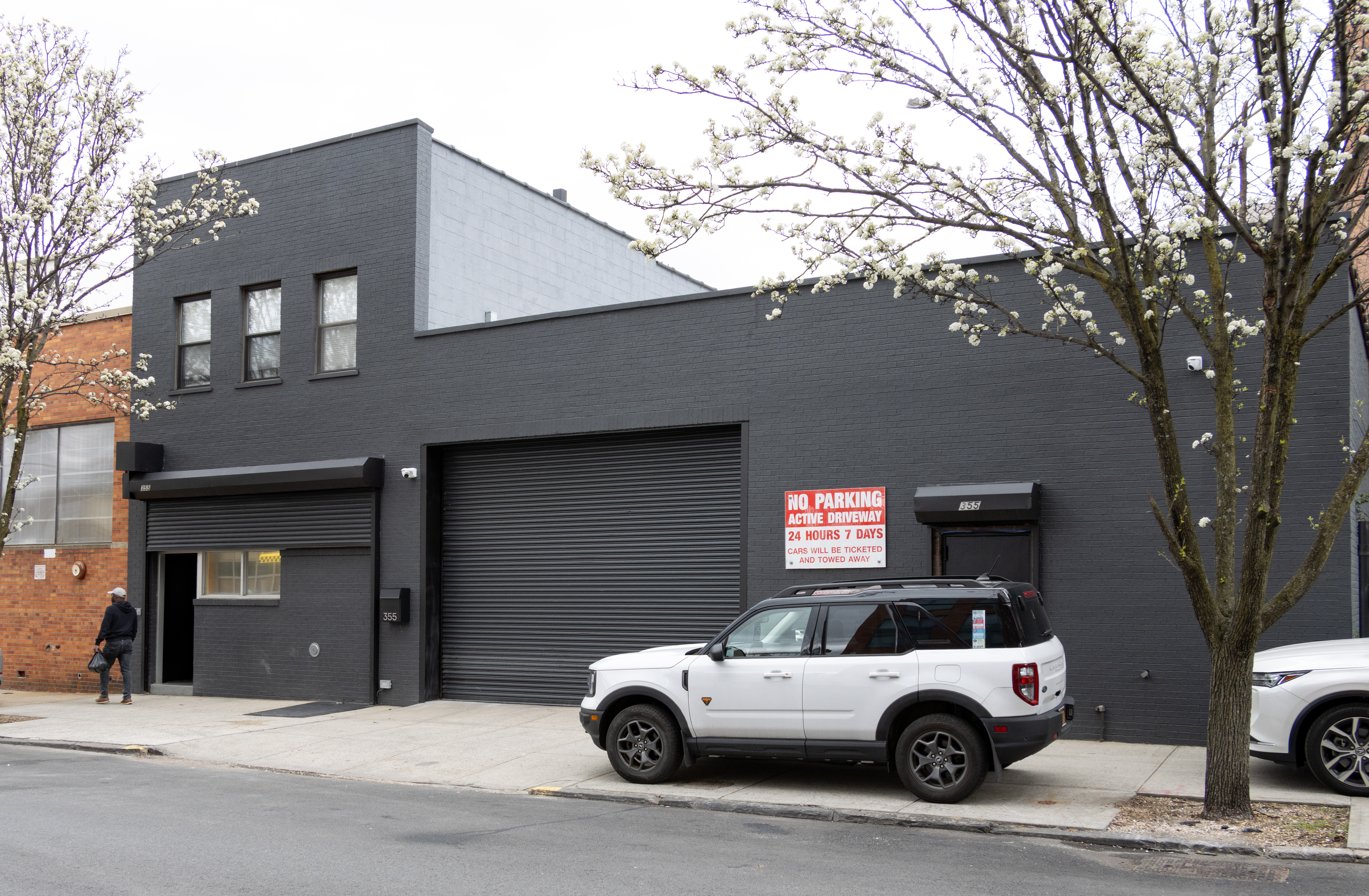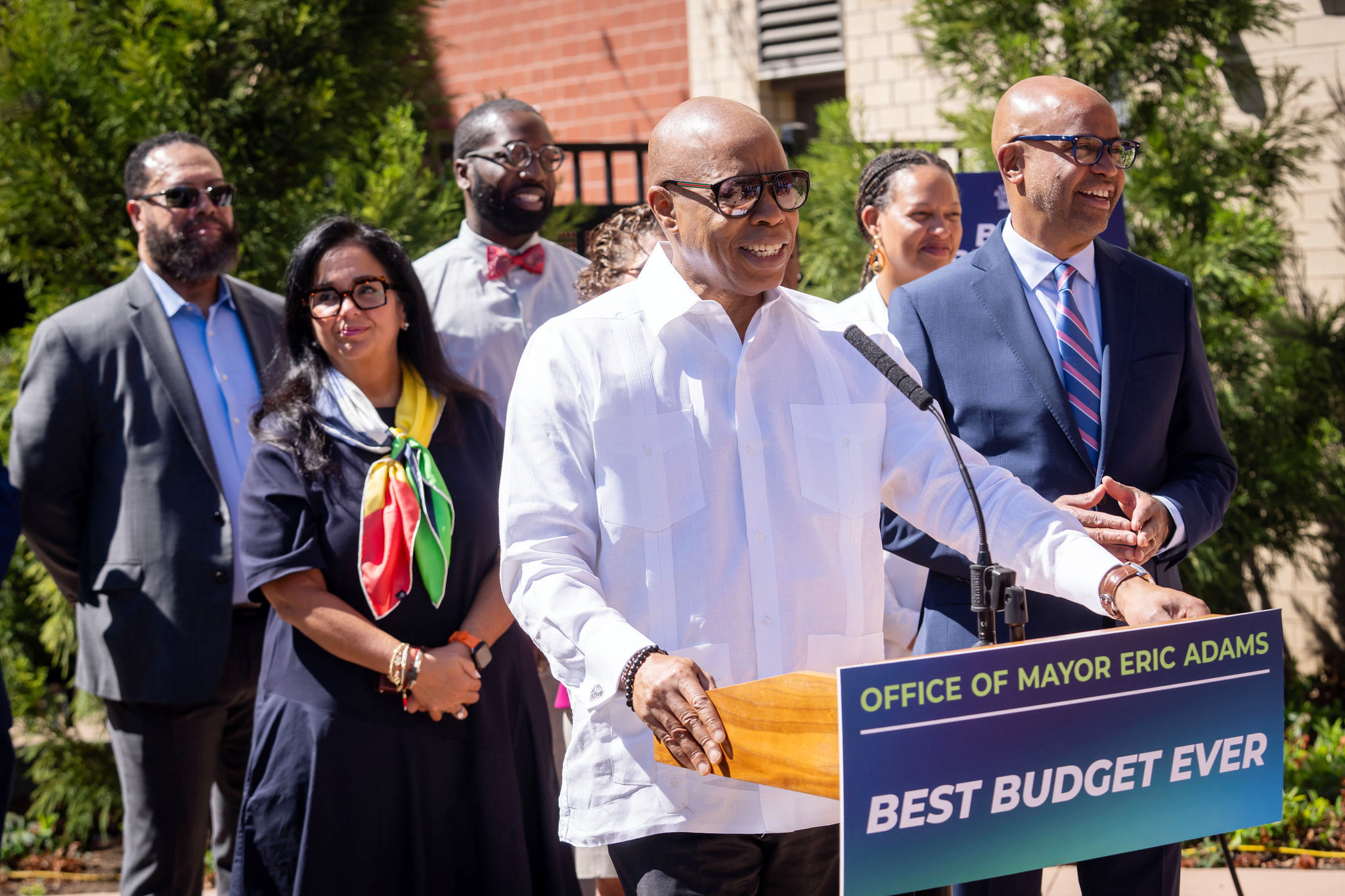FNY: South Portland, Brownstone Paradise?
While lamenting the fact that Queens only had six blocks represented in TONY’s Top 50 list last year, Forgotten NY grudgingly makes a visit to Ole Numero Uno, Fort Greene’s South Portland Avenue. FNY notes that, although the brownstones between Dekalb and Lafayette appear identical at first glance, you can tell that they were built…


While lamenting the fact that Queens only had six blocks represented in TONY’s Top 50 list last year, Forgotten NY grudgingly makes a visit to Ole Numero Uno, Fort Greene’s South Portland Avenue. FNY notes that, although the brownstones between Dekalb and Lafayette appear identical at first glance, you can tell that they were built in different sections at different times. (Anyone know more about that history?) FNY also notes that, according to Brooklyn By Name, the street was named after Portland Place in London. And the reason for all the North and South street names in Fort Greene? The creation of Fort Greene Park, which cuts a number of them in two.
Brownstone Paradise? [Forgotten NY]





Thx–I do have the Onion guide and will use that info.
http://www.forgotten-ny.com
There’s quite a bit of information available about this block (and the ones adjacent to it on So. Oxford and So. Elliott). The best source is probably Charles Lockwood’s BRICKS AND BROWNSTONES but there’s also THE BIG ONION GUIDE TO BROOKLYN: 10 Historic Walking Tours and THE AIA GUIDE TO NEW YORK CITY. Most of these house are grand Italianate brownstones dating from the 1860s-1880s. Some are a little later. There are also a few apartment buildings, most dating to the early 1900s, thrown in for good measure. My understanding is that much brownstone development was done speculatively by builders in groups of 4 (or 8 or 12). Often the land owner would refuse to sell anything less than a multiple bldg plot and they also had the right to specify the width of the individual lots. That’s why in Chelsea there’s a street with a couple of 30ft wide houses. The land owner wanted the neighborhood to be very up-market and insisted that the house lots be this wide. Two houses were built and stood alone in empty fields for several years while other builders refused to follow suit. Eventually, the owner demurred and changed the minimum to the more standard 20 feet. I believe this was Clement Moore (of “Twas the Night Before Christmas…” fame) who owned a substantial country estate in the area.